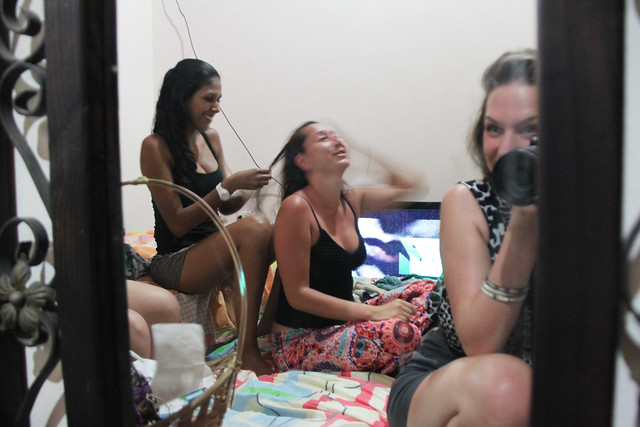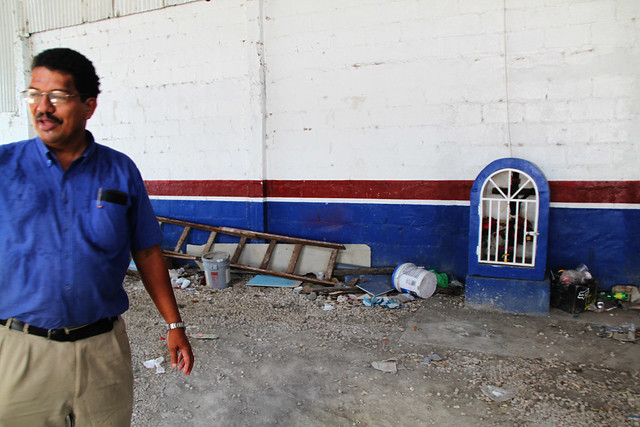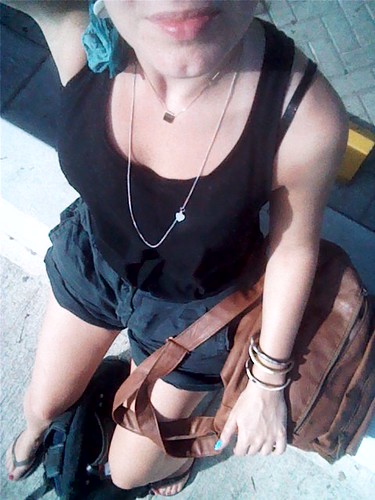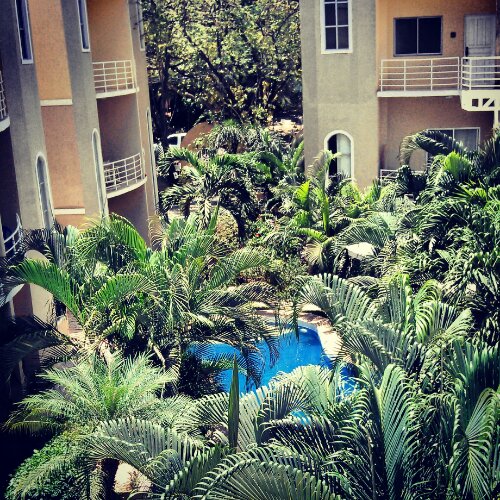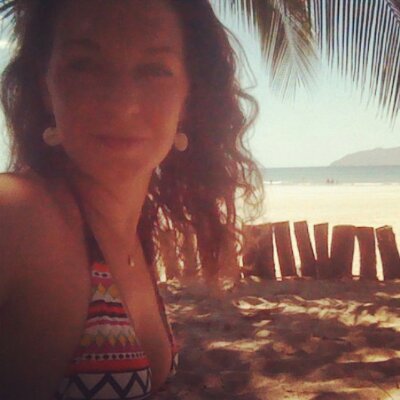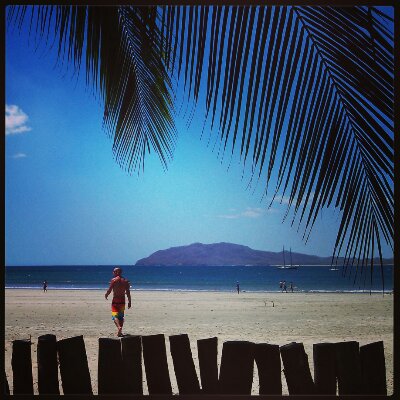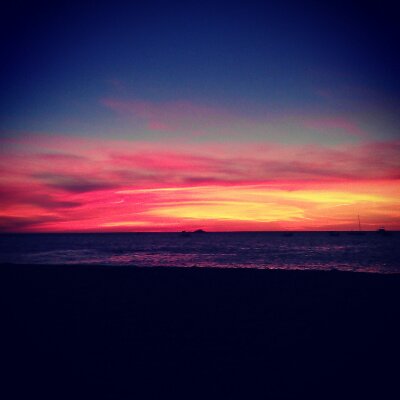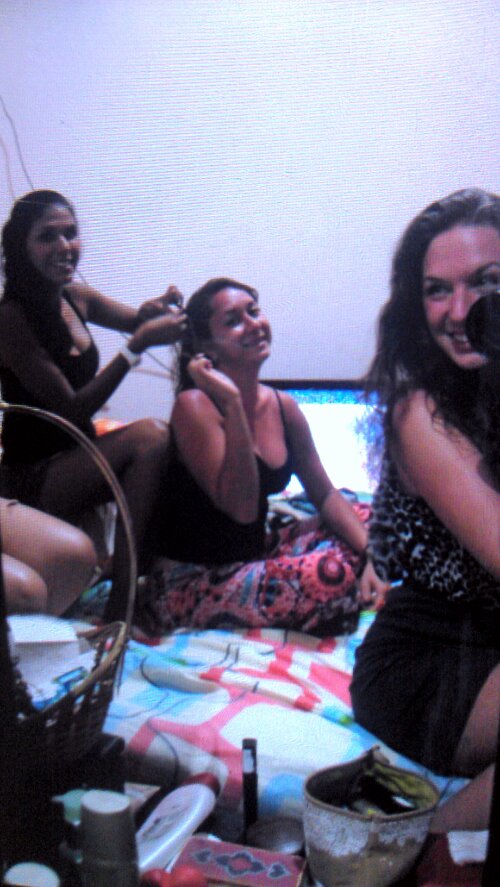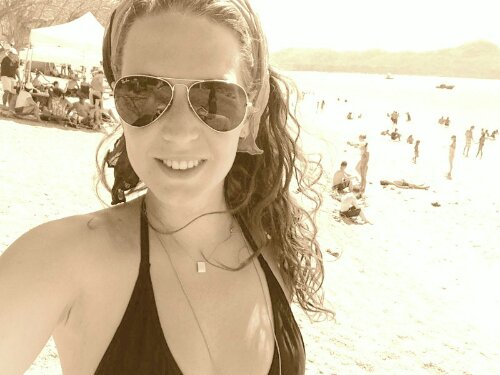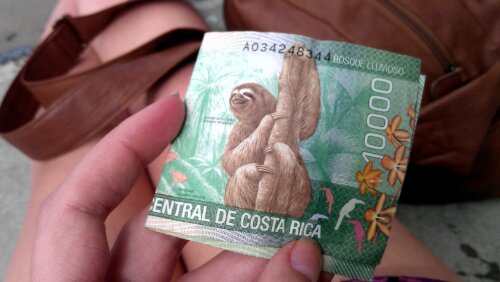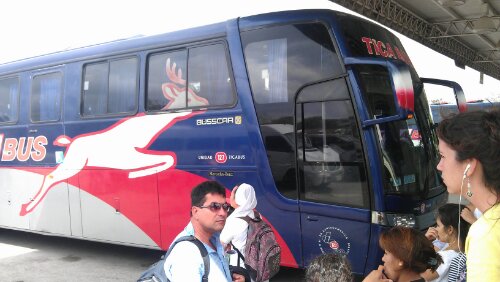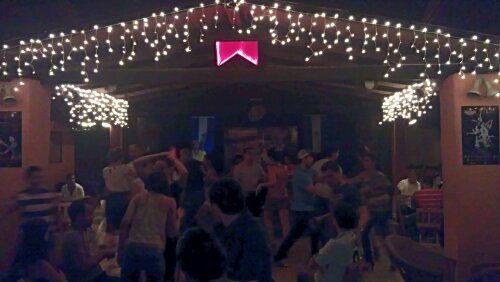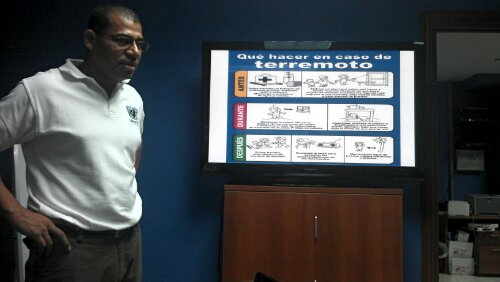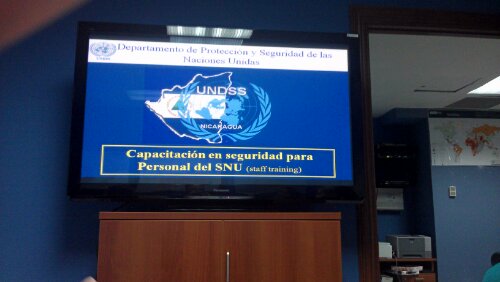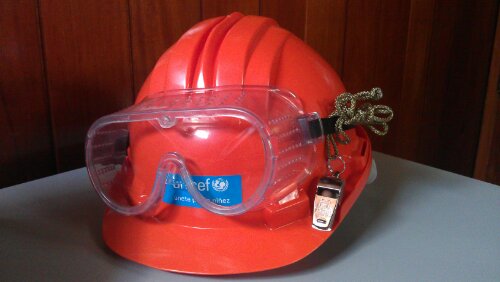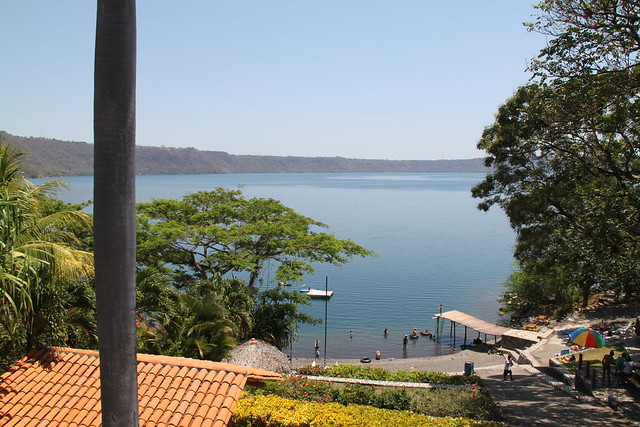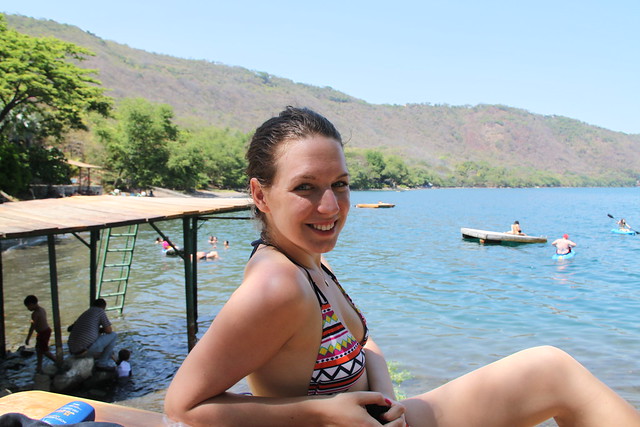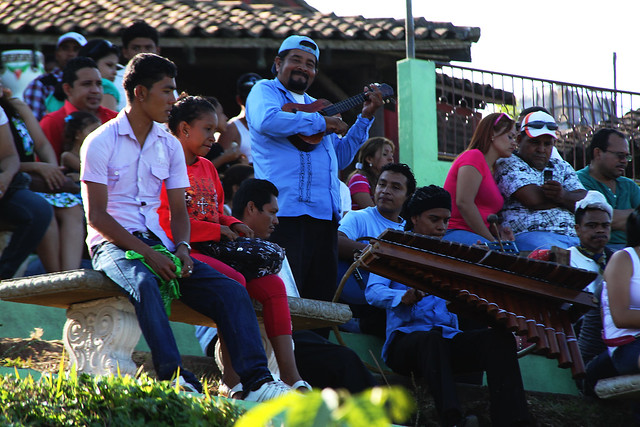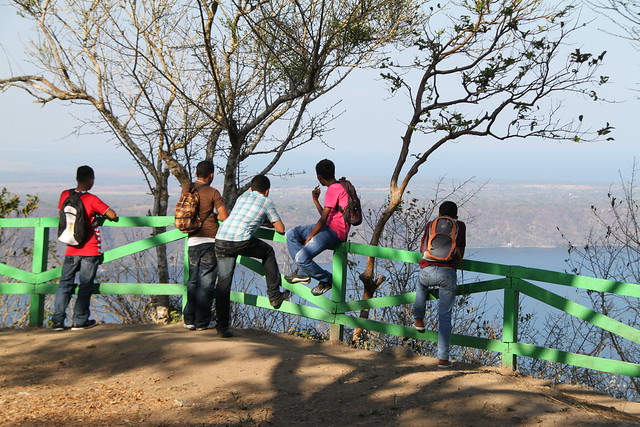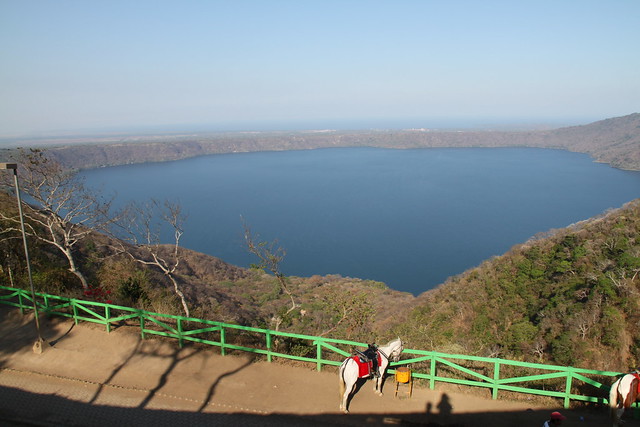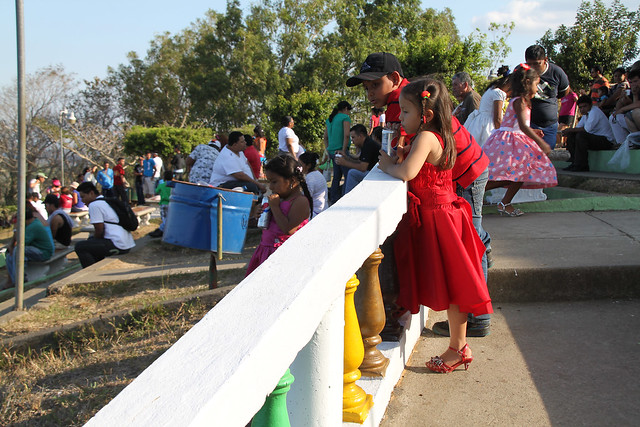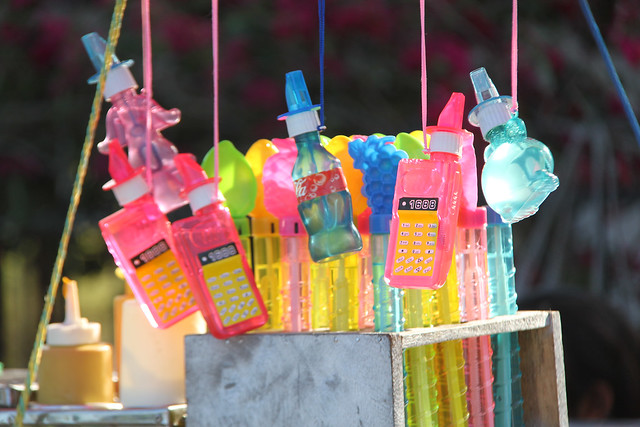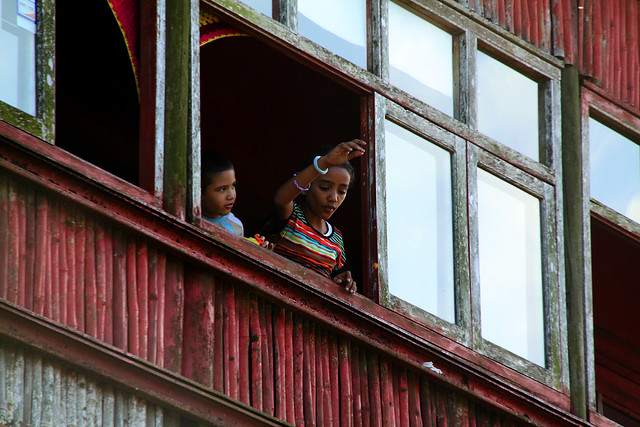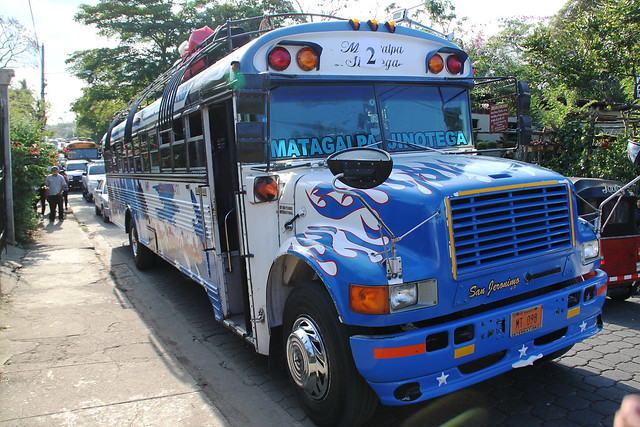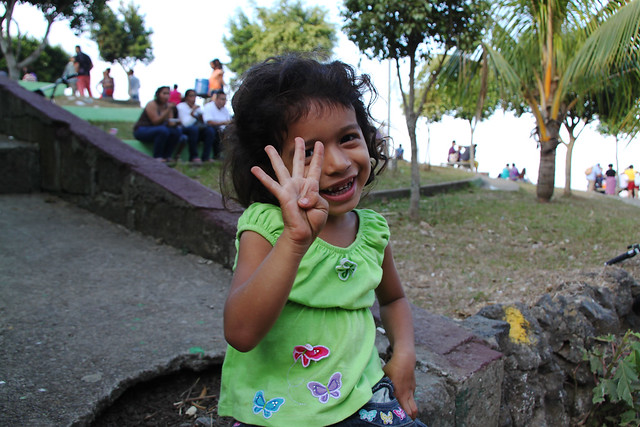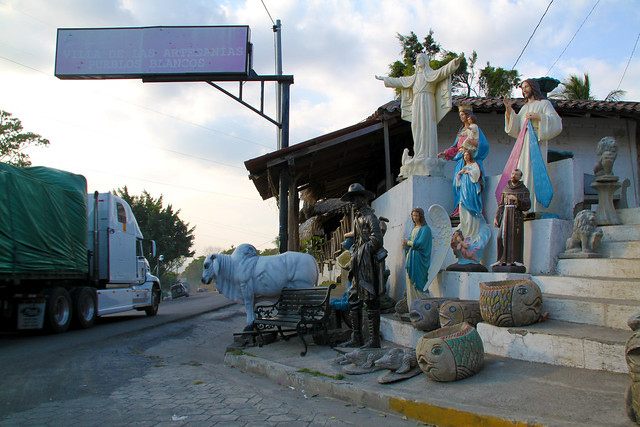Costa Rica part 1: Two Ticas and a lot of Sun
Remember the story three years ago when I met a girl in Copenhagen airport who was lost and couldn’t find her flight, and who I then helped to find her luggage, buy a new ticket and continue her travels? Well, it happens to be so that this girl added me on Facebook, and it also happens to be so that she was a Tica. Costa Rican, that is. (Tica – girl, Tico – boy.)
I had completely forgotten about the details of this story when Katherine wrote to me last week. “Remember me? I’m the girl from the airport! You are welcome to come visit me here in Costa Rica.” So as I was in the midst of deciding on what to do for Easter holidays, and whether I should go to Costa Rica or not, as Den is on a trip to Cuba at the moment, Katherine popped up out of nowhere and convinced me that it was a great idea.
I boarded the Tica Bus from Managua at 6am on Thursday. The trip was simple, the border crossing went smooth, (Despite the fact that they covered the coolest stamp in my passport! haha) and despite being slightly cold (because people here just love their aircondition..) the 6 hours were a good deal for 58USD return plus the total of 20USD of visa and border costs. Katherine came to pick me up in Liberia, which is the first stop after the border and mainly a pass-through hub. I waited sitting on a sidewalk, watching big SUV’s passing by and American high-school students on some kind of trip ordering Burger King food and speaking the way teenagers do in movies. The wide streets, fast food restaurants and an old Dodge parked just next to me gave me the impression that this is what some parts of the US must look like. The contrast to Nicaragua was huge already, and I was only an hour from the border.
(hover photos for description)
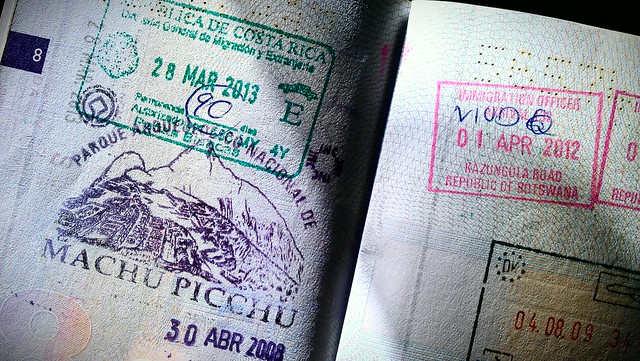
Katherine and her friend Karen, who both call themselves Ka which soon became a bit confusing, picked me up in their car and we drove off towards the coast. First, we went to Playa de Coco where we had lemonade, hung out in the sun and watched a concert, and then to Tamarindo where my friend Frank lives and where we crashed at his place. Unfortunately, due to the “Ley Seca” which prohibits the sales of alcohol during the holy week, most bars and clubs were closed in Tamarindo, but we ate fantastic Israeli food and had a good sleep, allowing us to leave early the next morning with enough time to drive around and visit various beaches.
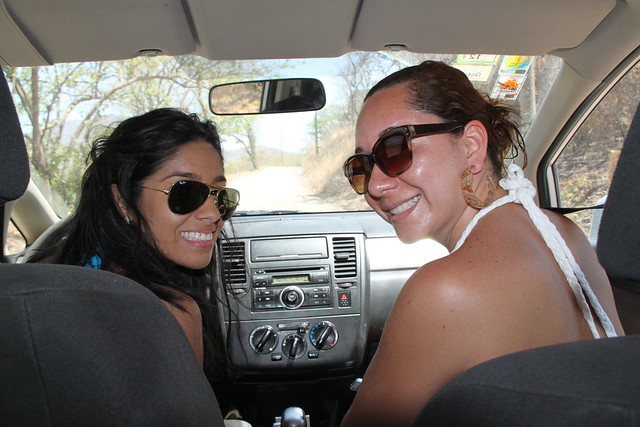
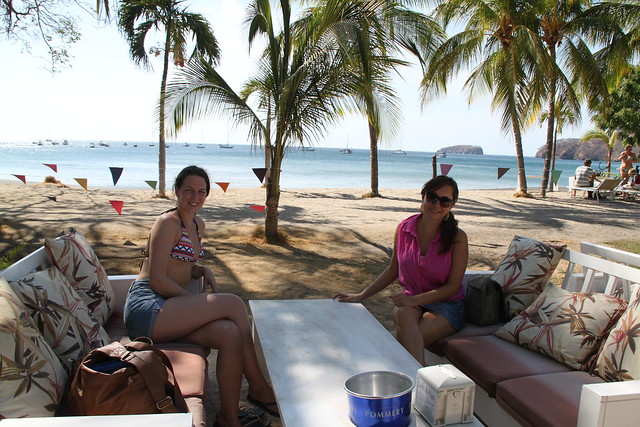
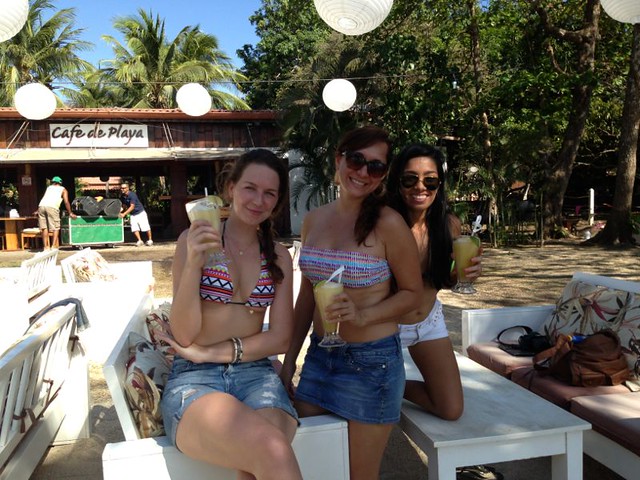
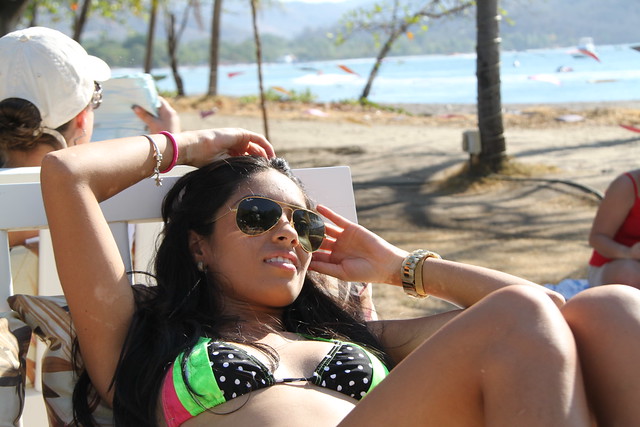
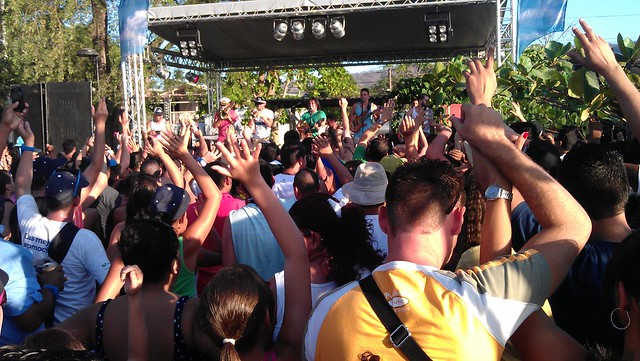
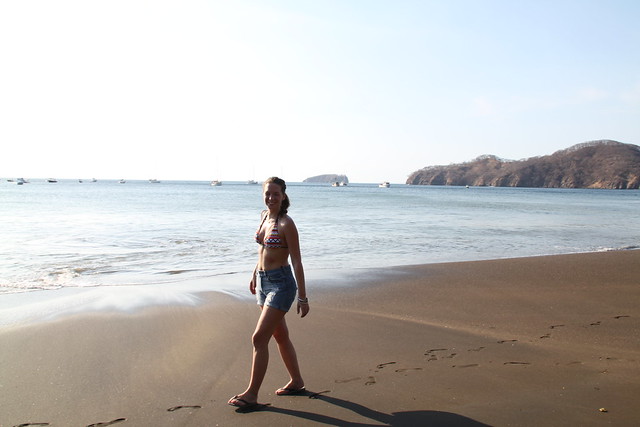
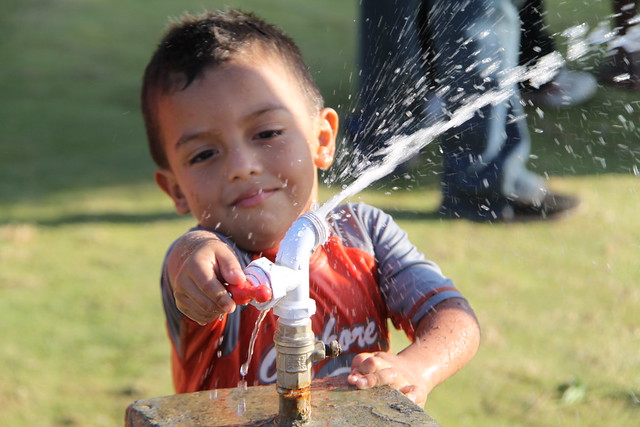
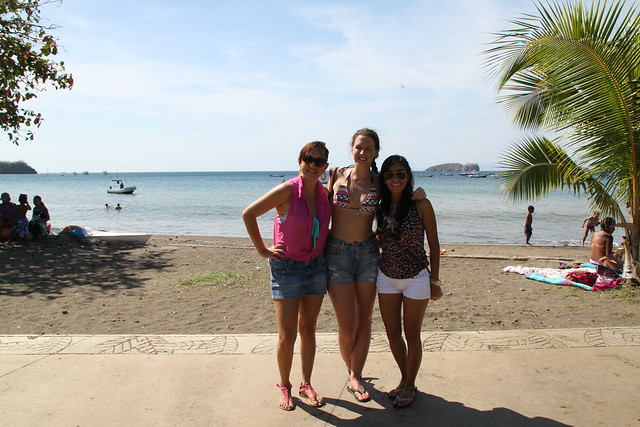
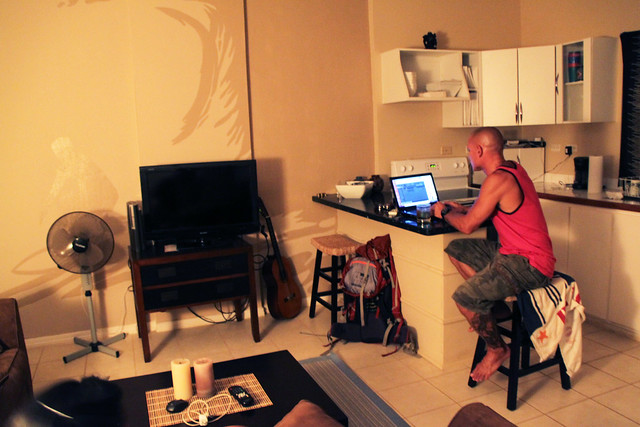
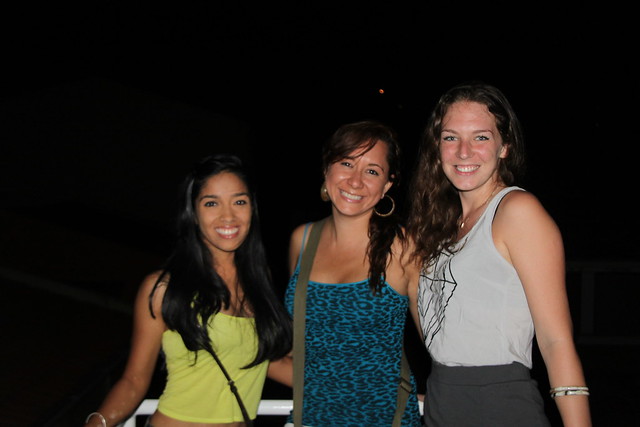
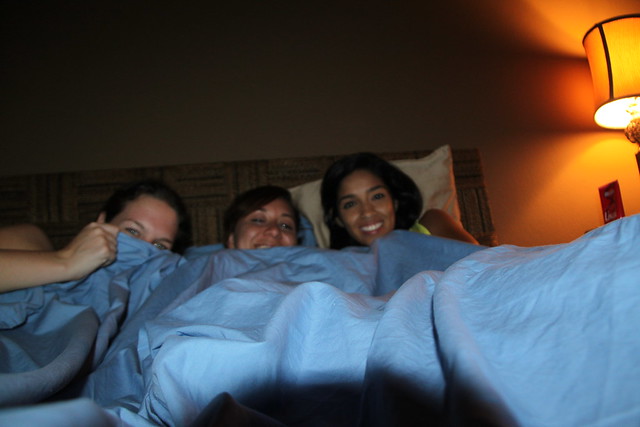
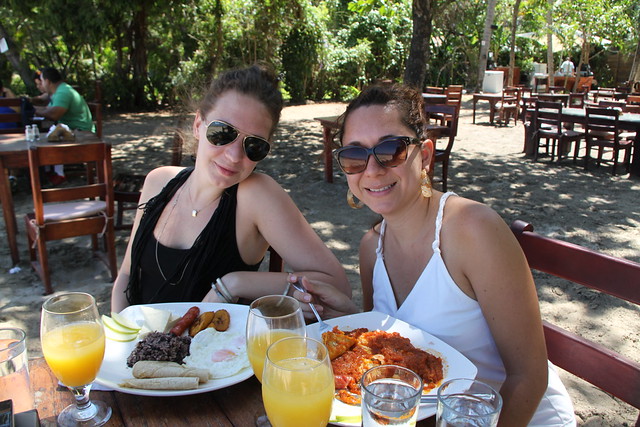
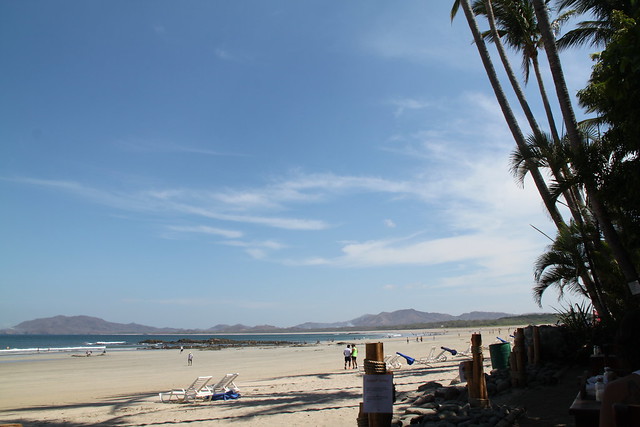
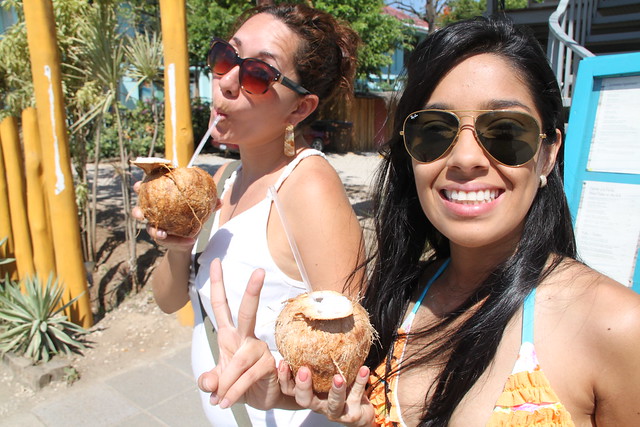
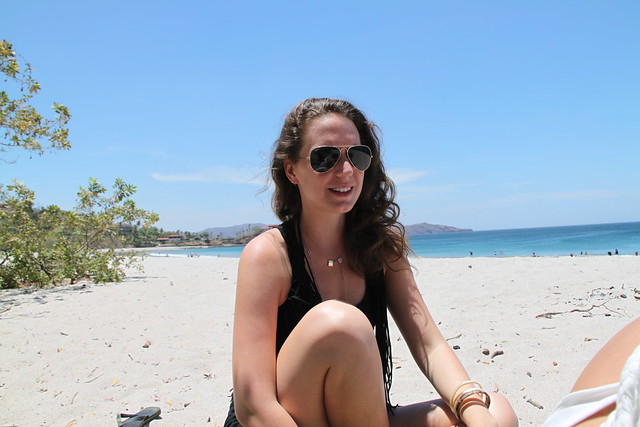
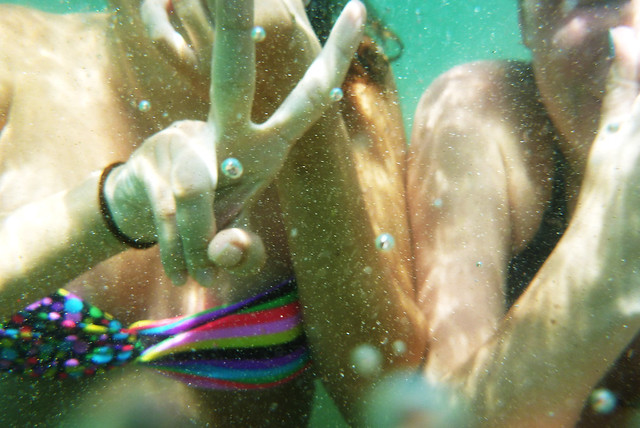

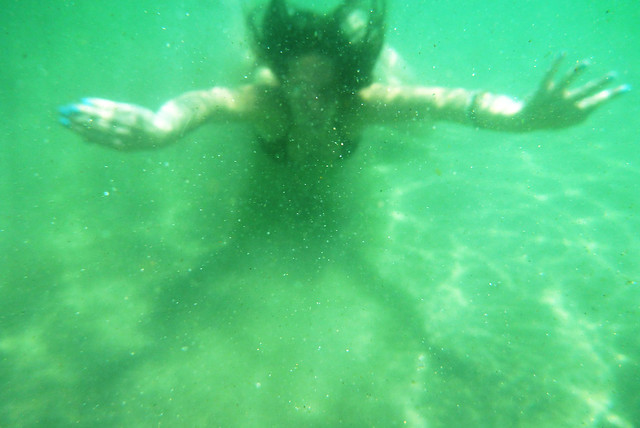

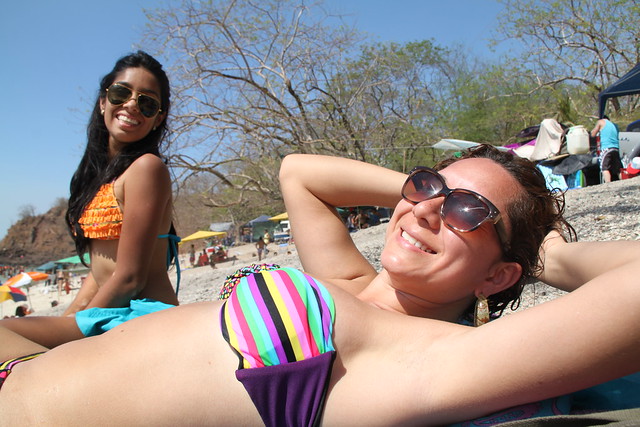
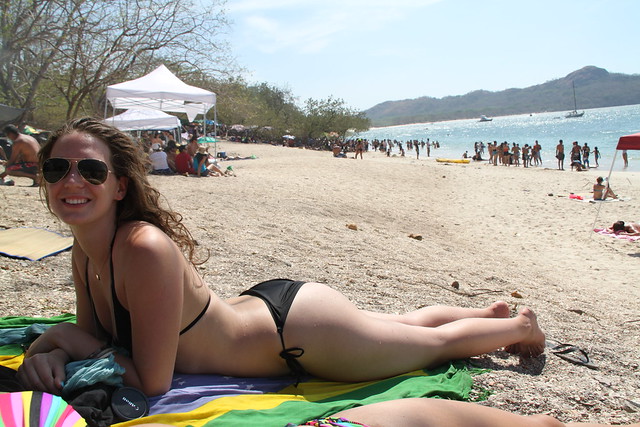
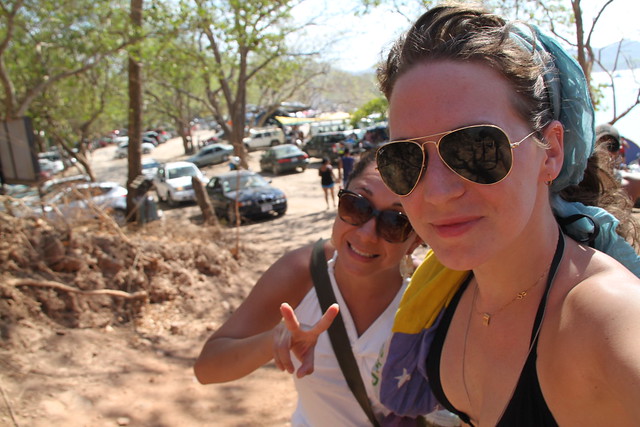
In the afternoon, we went back to the two Ka‘s small home village, Nicoya. We went to Katherine’s grandmother’s place, sat by a pool, met with Kathy’s cousin and friends, acted girly, laughed, and went out for dinner and a concert. On Saturday morninig, we met with Kathy’s mother, had a lovely breakfast at their house, and then I jumped on a bus to Tamarindo, with a stop over at Santa Cruz little bus station.

